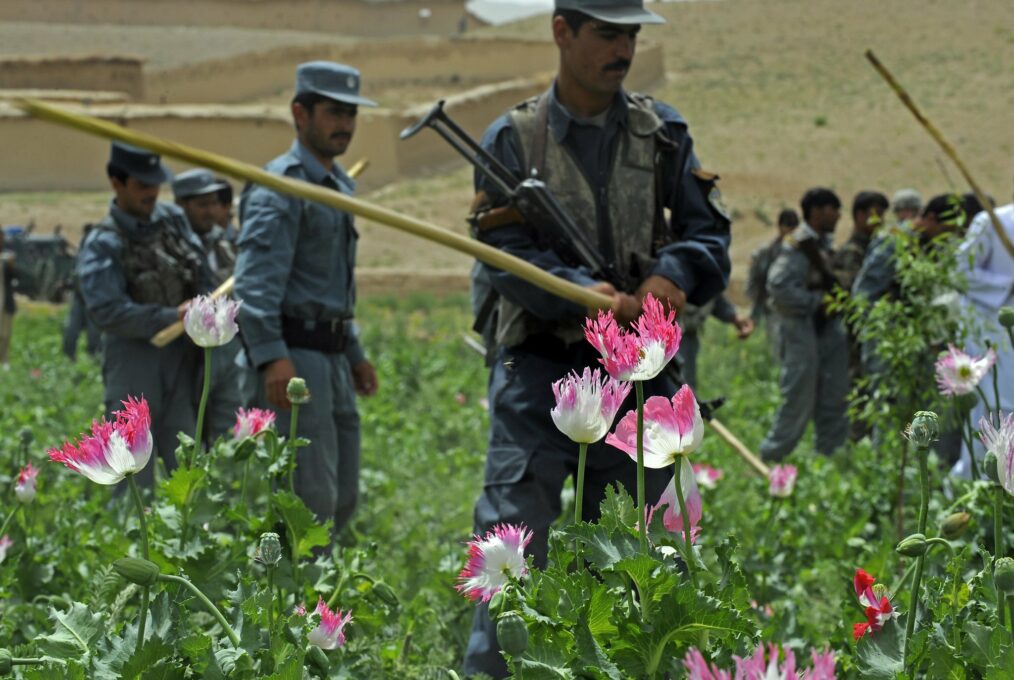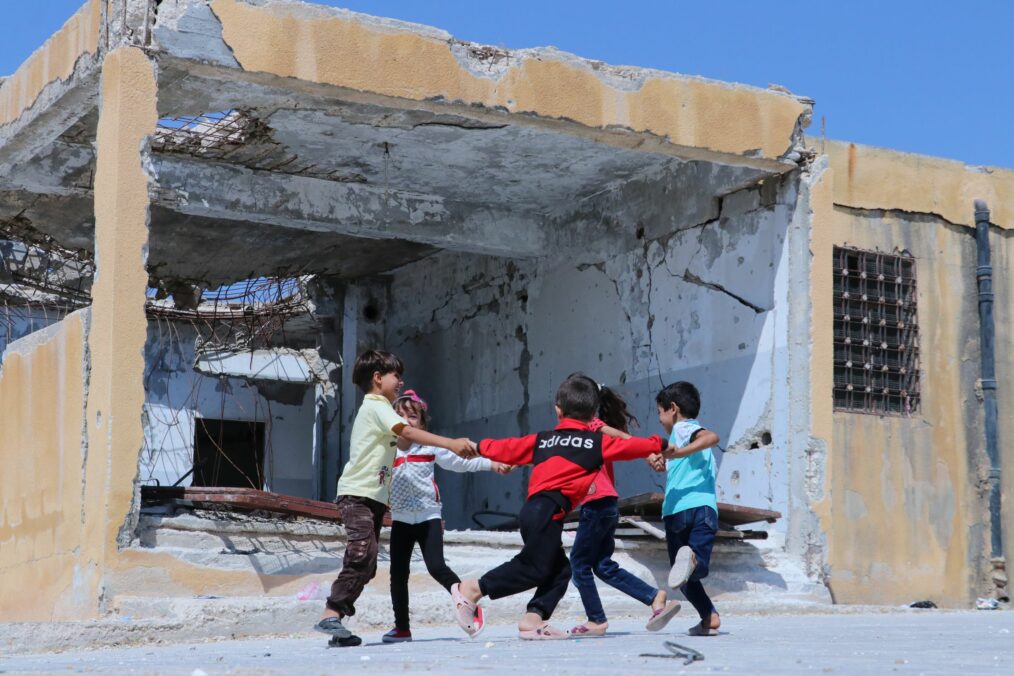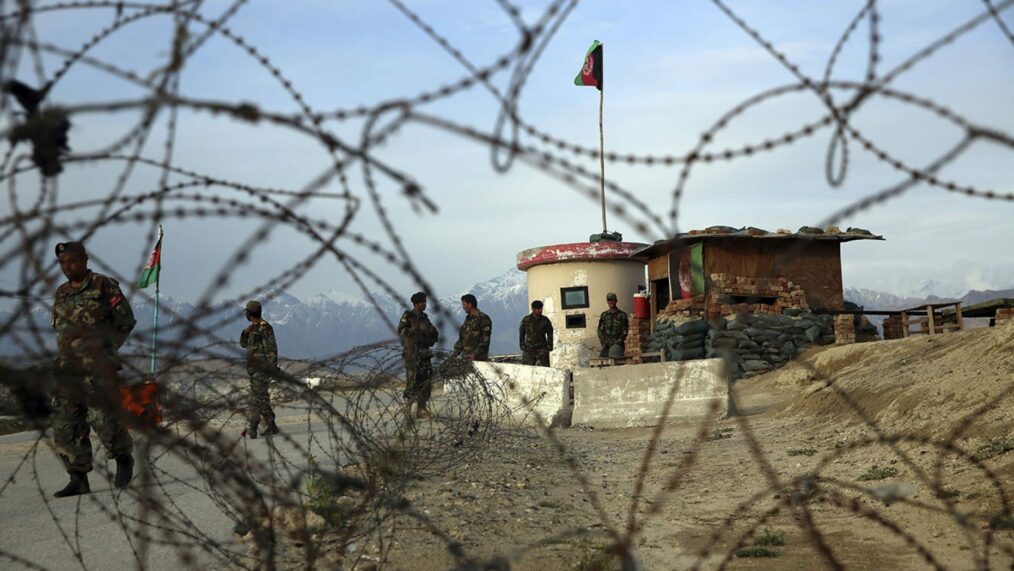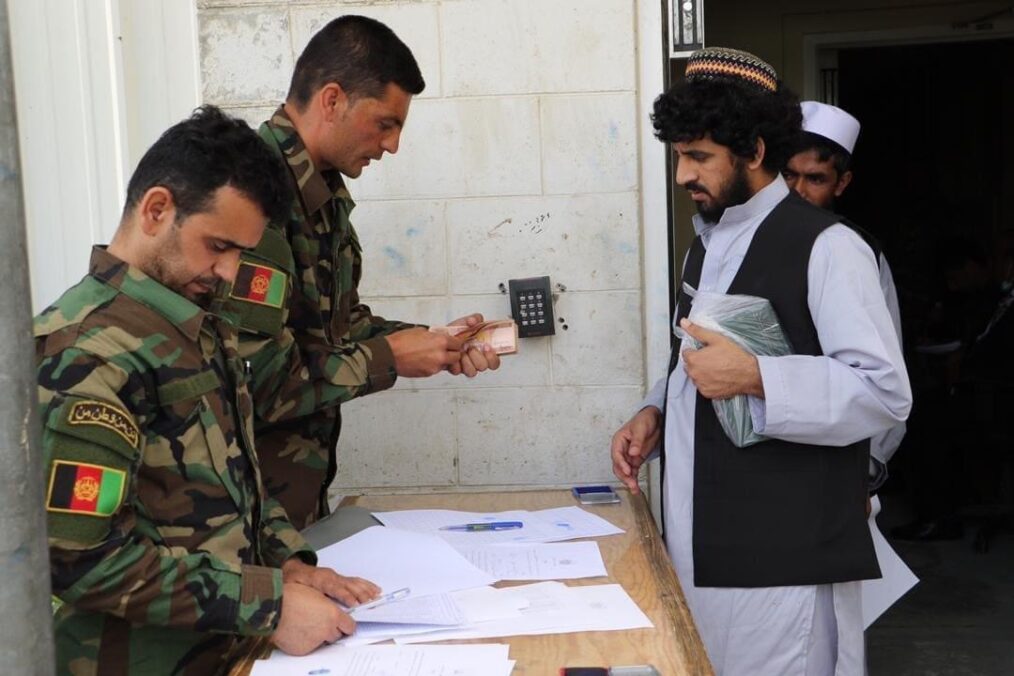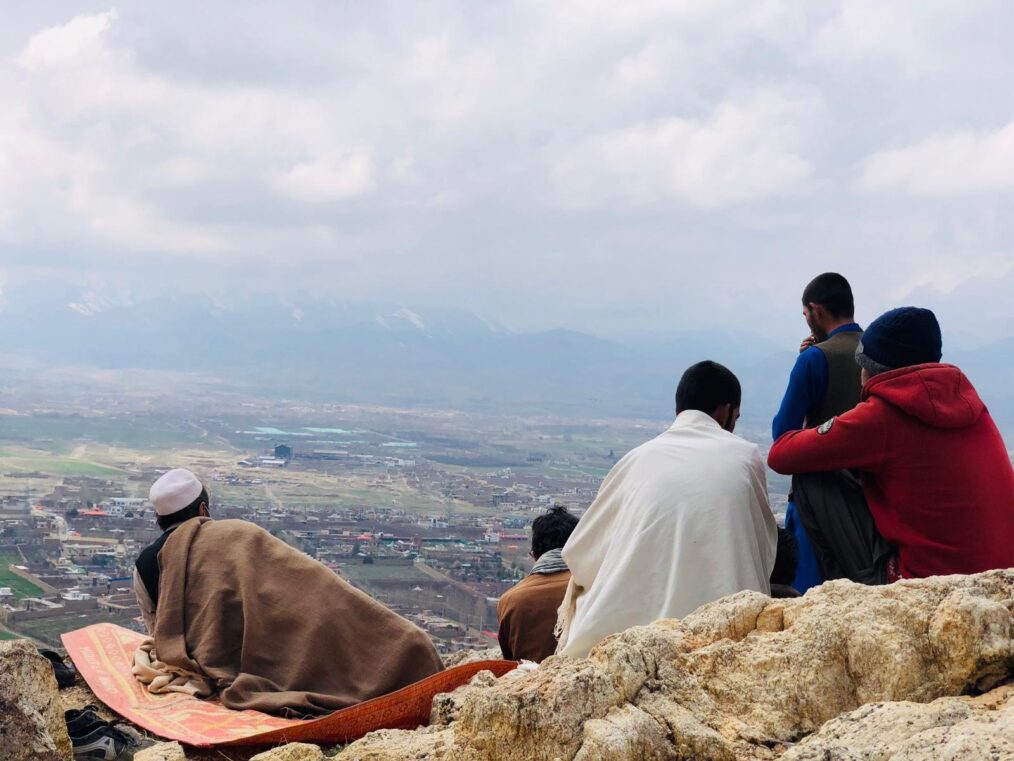As the world’s largest producer of opium poppy, Afghanistan’s reliance on the cultivation of illicit crops is integral to understanding the shortcomings of the country’s economic development agenda. Estimates suggest that Afghanistan alone generates over 90% of the world’s opium supply, with the crop contributing over a 1/3 of the country’s GDP and creating over half a million jobs.
Though efforts to curtail the production of Afghan poppy have gone through several iterations, dating back 47 years ago when King Mohammad Zahir Shah instituted an outright ban, few initiatives have yielded promising results.
For its part, the United States has spent nearly $10 billion USD on counter-narcotic operations since invading Afghanistan almost two decades ago. Yet, the arrival of American forces coincided with an exponential rise in poppy cultivation. In 2001, poppy production was just under 180 metric tons but ballooned to 6,700 metric tons last year. Such figures were debilitating enough to cause the US to cease its focus on Afghanistan’s narcotics trade.
In spite of the setbacks endured by the Afghan government and its allies, comparative case studies of illicit crop eradication efforts offer helpful guidance. Strong demand for cocaine in the United States sparked substantial cultivation of the coca leaf in the 1980s, throughout South America’s Andean States. An increasing amount of farmland in Bolivia, Peru, and Colombia shifted from traditional cash crops such as coffee and sugarcane in favor of coca, which provided healthier and reliable margins for the agricultural community.
Just as the Taliban’s involvement in the opium trade grew, so too did the nexus of illicit crop production and insurgent groups emerge in Colombia and Peru. Coca production and trafficking was vital to the funding of leftists-armed groups such as Peru’s Shining Path and Colombia’s Revolutionary Armed Forces of Colombia (FARC). The astonishing parallels between these groups and the Taliban are striking, given their rural origins, their stated aims, and their deep reliance on the global drug trade.
Nevertheless, as exhibited in both successes and failures from the case studies of Colombia and Peru, successful eradication is not always contingent on the achievement of military objectives. Instead, by addressing the legitimate grievances of agricultural workers, governments can simultaneously pare cultivation and the security risks associated with eradication.
Lesson #1: The Failure of Forceful Eradication
In 2004, amid international pressure, then-Afghan President Hamid Karzai declared war against opium production, with an objective to eradicate the crop by 2006. Karzai’s decision was primarily motivated by a determination to cut off revenue for the Taliban, who relied on the opium trade to fund operational expenses and acquire weapons.
While the Taliban’s financial stability can certainly be attributed to the prevalence of poppy, the assumption that Afghanistan’s narcotics trade solely benefits a handful of organizations is a harmful oversimplification. Instead, the poppy supply chain unveils a far more complex web of activities that include informal networks between farmers, producers, traffickers, and warlords.
Nevertheless, the typical response to eradication often includes use of force, either through manual destruction of crop fields, or aerial eradication using planes that spray fumigants. In the case of Afghanistan, Colombia, and Peru, manual destruction is often accompanied by exchanges of gunfire that endanger security forces participating in such operations. Aerial eradication was frequently used in Colombia as a way to mitigate casualty risks to ground forces. However, the environmental and health hazards associated with harmful chemicals such as glyphosate, has drawn in the Colombian government into lengthy court battles that have disrupted the program, eroding its efficacy to combat coca cultivation.
Regardless of the method employed, forceful eradication is consistent in one regard: alienation of the rural community from state institutions and security forces. Generating goodwill between the Afghan government and its farming community necessitates a productive dialogue for eradication, an objective that cannot be achieved through unilateral military action against poppy fields.
Lesson #2: Substitutions, Subsides, and Relief as Incentives
In order to deter illicit crop cultivation, it is pertinent to understand what incentivizes its continued growth. The profit margins of opium poppies can often be 10 times the amount generated by alternative cash crops. Yet, as documented in the Nangahar province, farmers do exhibit a willingness to forego the risks associated with poppy if provided with a holistic aid program. Such programs would include crop substitution, drought/disaster relief, and subsidies designed to cover the shortfalls while farmers adjust to licit crops.
Similar programs in Colombia and Peru have already demonstrated success, provided that the promises of aid materialize. Both countries have seen moderate success in efforts such as a “Coca to Cocoa” drive, in large part due to a multilateral model that includes aid, security, as well as financing options and expansion of market access for farmers to sell their crops. In the case of Afghanistan, potential crop substitutes could include saffron and wheat, but both necessitate investment in irrigation to ensure successful harvest.
Such programs tend to falter when states fail to uphold their end of the bargain with farmers. A sustainable agricultural aid program requires a long-term investment that includes more than direct subsidies. Poor profit margins of traditional cash crops are a consequence of inefficient farming practices, inadequate infrastructure, and a lack of market access. Thus, the simple provision of aid in the absence of structural investment in the agrarian economy is neither sustainable nor efficient in long-term eradication success.
Lesson #3: Pragmatism and Political Will remain Prerequisites
Afghanistan’s ascension as a “narco-state” is a consequence of poor industrialization and underinvestment in Afghanistan’s rural periphery. Instead of annihilating the industry, sixteen years of government-led war on the opium trade has only bolstered and entrenched the networks between farmers, producers, and traffickers.
The comprehensive peace deal negotiated between the Colombian government and FARC rebels offers a framework for Afghanistan’s peace process. Prior to the deal’s collapse, coca eradication in FARC territories saw a noticeable decline, serving as proof that the ongoing peace talks between the Taliban and the Afghan government could offer the best opportunity to bring about some level of control over the country’s narcotics trade.
Throughout its short-lived reign, the Taliban did manage to eradicate poppy cultivation in its strongholds. Yet, any joint enforcement with the government will only prove potent if supplemented by a comprehensive plan that address the root-causes of Afghanistan’s agricultural weaknesses. Furthermore, the entrenchment of poppy in Afghanistan’s economy means the timetable for eradication will be gradual and require the support and approval of tribal leaders. In exchange, it will be up to the government to provide the conditions for alternative employment, making poppy cultivation a choice instead of a sole solution.

